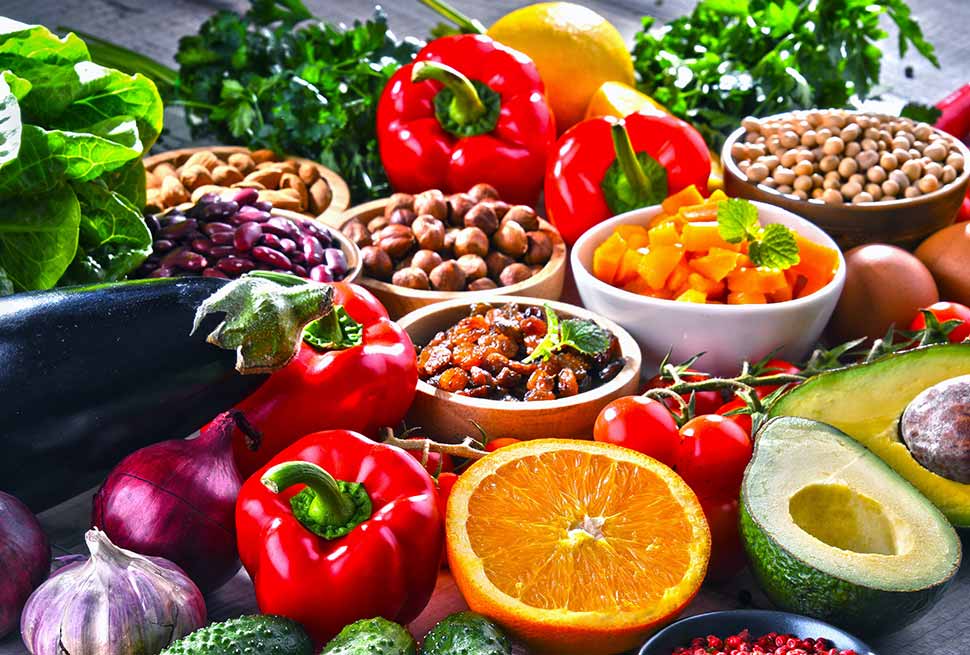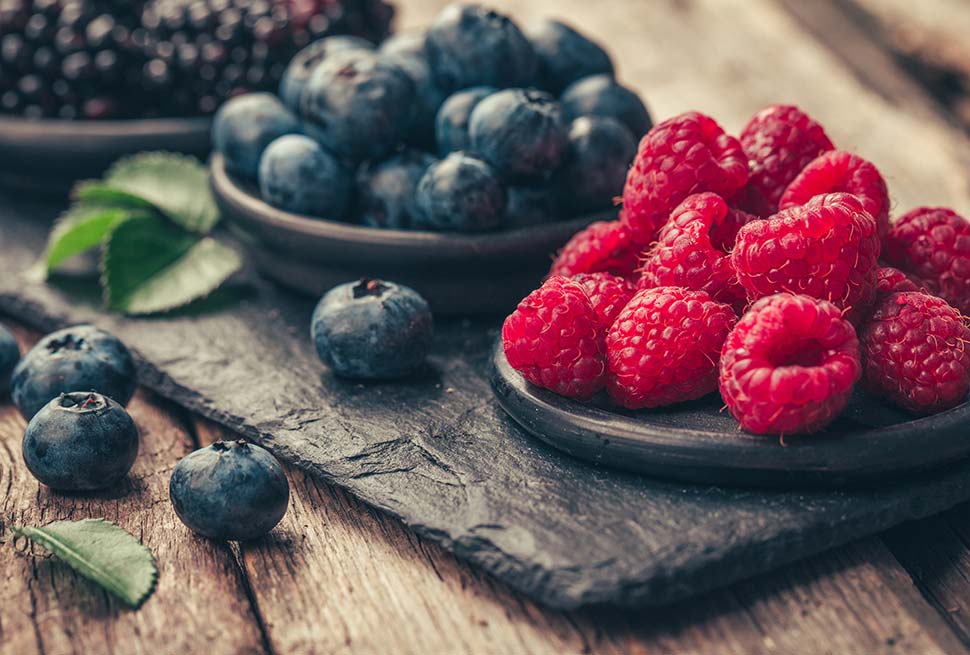
Secondary plant substances such as anthocyanins and flavonoids are part of our daily diet. They are found in fruits, vegetables, potatoes, pulses, nuts, wholemeal products and fermented foods such as sauerkraut and give the plant foods their colour. Among other things, they serve the plants as antibodies against predators or microbial attack and also act as growth regulators.
Up to now, secondary plant substances have not been considered essential nutrients for humans, but they have an influence on a large number of metabolic processes. Various health-promoting effects are attributed to them. They may protect against various types of tumours and mediate vascular effects such as dilation of the blood vessels and lowering blood pressure. Secondary plant substances also have neurological, anti-inflammatory and antibacterial effects.
Recommendations for the intake of individual secondary plant substances cannot be given on the basis of the existing data. The absorption of different plant substances in the compound of a foodstuff may be necessary for the effect. The German Nutrition Society (Deutsche Gesellschaft für Ernährung e. V. – DGE) therefore recommends a high consumption of fruit and vegetables as well as other vegetable foods to ensure a good supply of secondary plant substances. Scientists recommend a daily dose of 3000-6000 ORAC daily to protect the body’s cells from free radicals. The ORAC (for Oxygen Radical Absorbance Capacity) method is used in science to evaluate the antioxidant effect of substances or foods.





